Blog
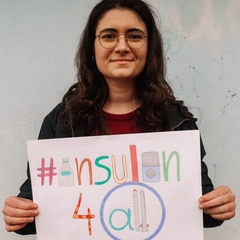
From Patient to Medical Student: My Journey with Diabetes Treatment
8 Jun 2021, 9:03 a.m. in Global Stories by Konstantina Taki
Having lived with type 1 diabetes for more than 12 years, I have experienced different aspects of the condition. First of all, as a patient, I approach diabetes from a personal view. I can also understand how the condition affects parents of children with diabetes. It's something new, demanding and difficult to handle. The last five years, as a medical student in Greece, I have seen diabetes from yet another more practical and scientific perspective. Read more
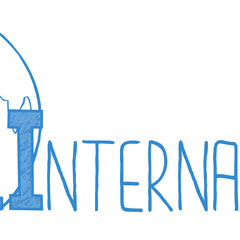
T1International Statement Endorsing H.R.3
2 Jun 2021, 9:59 a.m. in News & Statements
For years, T1International and our advocates have been calling on both state and federal legislators to take action to address exorbitant drug prices. American lives depend on real action. That’s why T1International USA endorses the Elijah E. Cummings Lower Drug Costs Now Act (H.R.3). Read more
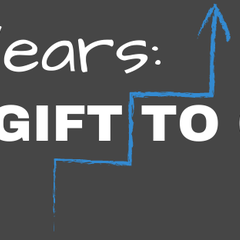
T1International Launches 100 Years: From Gift to Greed Campaign
17 May 2021, 11:04 a.m. in News & Statements by T1International
On Monday, May 17th - 100 years after Banting, Best and Macleod begin their first experiment trying to extract insulin in Toronto - T1International and its advocates around the world launch their year-long campaign. 100 Years: From Gift to Greed will tell the story of insulin’s discovery and how it went from being a gift to the world to a profit machine for the pharmaceutical industry. The campaign will be led by a combination of social media education and a variety of actions. Read more
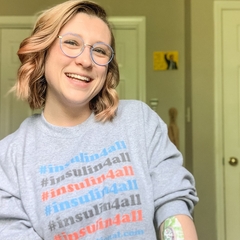
Why MODY Should be Included in #insulin4all
28 Apr 2021, 1:27 p.m. in #insulin4all USA by Kylie Hanson Kulwicki
Most people don’t know the difference between type 1 and type 2 diabetes, let alone that there are more than 2 types. I have a form of diabetes called Maturity Onset Diabetes of the Young, or MODY for short. MODY is a genetic form of diabetes caused by a gene mutation or a gene deletion. Read more

Type 1 Diabetes, Disability, and the Role of Legislation in Advocacy
9 Apr 2021, 11:48 a.m. in Global Stories by Pramita Jasuja
It is through the recognition of injustices and assertion of our rights that we can ensure equal opportunities. T1D advocacy is emerging in India and as a collective we are highlighting these issues. Change is happening. In 2020 in Kerala High Court, a public interest litigation was filed over the issue of including T1D in the list of disabilities and creating a national registry for people with T1D. Read more
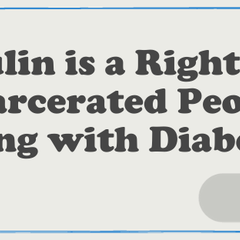
Insulin is a Right for Incarcerated People with Diabetes
24 Mar 2021, 9:06 a.m. in #insulin4all USA, Global Stories by Elana Megerian
It is time to recognize that incarcerated people with diabetes are particularly vulnerable to insulin insecurity. #insulin4all is more than a hashtag: It is a rallying call to everyone impacted by insulin inaccessibility, and a mournful cry for all who have lost their lives while insulin remains clearly in view, but cruelly out of reach. It’s a demand for justice for everyone who needs insulin to survive, including incarcerated people with diabetes. We must find ways to meaningfully include and involve this population in our activism. Read more

T1International and Partners Statement on Victory in Emergency Insulin Case
17 Mar 2021, 5:50 p.m. in News & Statements by T1International
We know this battle might not be over, but it’s clearer than ever that the protection the Alec Smith Act offers to patients who are being exploited by Eli Lilly, Novo Nordisk, and Sanofi must be a primary concern for the courts going forward. Read more
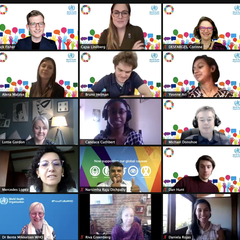
World Health Organization Consultation for People Living with Diabetes
12 Mar 2021, 4:17 p.m. in Global Stories by Apoorva Gomber
The Global Diabetes Compact (GDC) and the Consultation for People Living with Diabetes, gives me hope that there has been a step towards what we as advocates have long been fighting for. We have asked to have our voices truly included and to be treated like experts when it comes to solving global diabetes problems. We hope this is the start of real action and outcomes. Like Dr. Bente shared, it is time to co-create with WHO and move forward by holding their efforts accountable. Read more
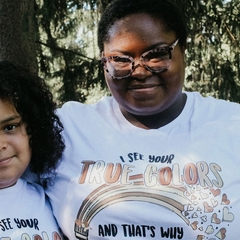
Dexcom G6: Available to who?
17 Feb 2021, 10:50 a.m. in #insulin4all USA, Global Stories by Tracy Ramey
But again, we must ask: who is this available to? This technology requires a prescription, and we know that Black and Brown communities are being offered access at much lower rates than their white peers. I am a Black woman with a family history of type 2 that puts me at greater risk of developing it. Interestingly, despite having several family members with type 2 diabetes, my child with type 1 is the first person that has CGM technology, and that was because I pushed for it. Read more

T1International Statement on Freeze of Executive Actions
28 Jan 2021, 9:50 a.m. in #insulin4all USA, News & Statements by T1International
On January 20, President Biden issued a freeze on all new regulations that former President Trump had not finished implementing so his administration would have a chance to evaluate them and decide whether they should go into effect. These freezes are standard practice for a new administration taking over for a president of the opposite party; President Trump implemented a similar freeze on his first day in office in 2017. Read more